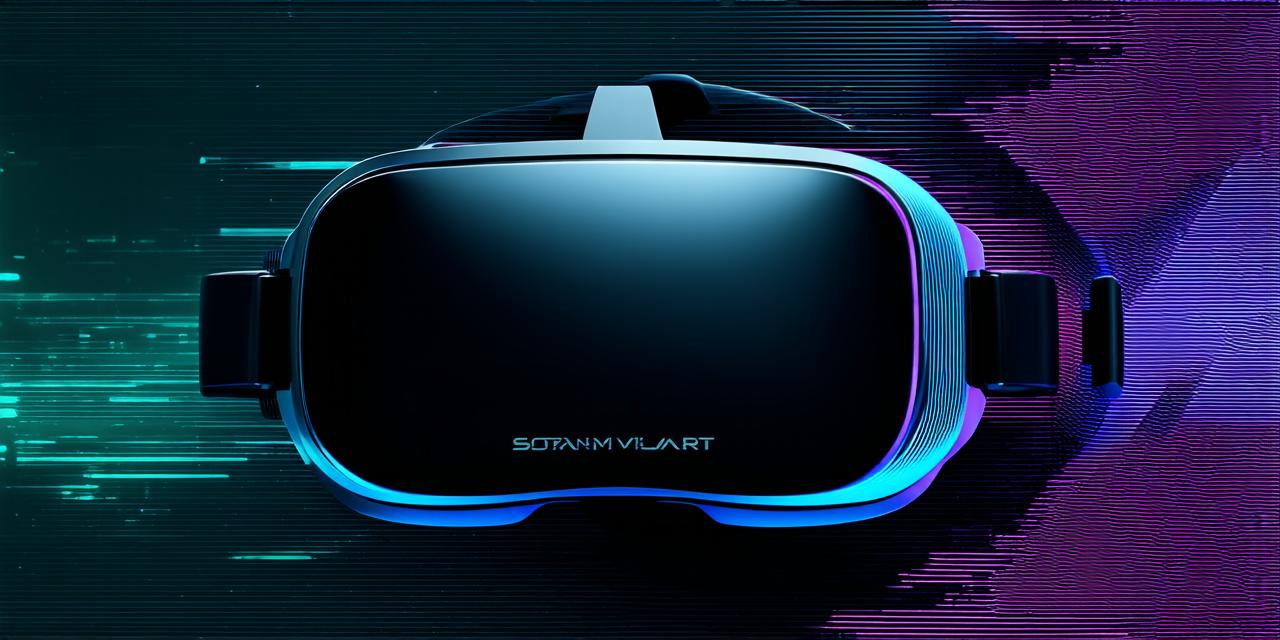Advantages of Virtual Reality
Virtual reality provides an immersive experience that allows users to be fully engaged in a digital environment. This can be particularly useful for training simulations, where users need to feel like they are in the real world to better understand the tasks at hand.
For example, medical students can use virtual reality to simulate surgeries and gain hands-on experience without risking the lives of real patients. Similarly, pilots can use virtual reality to practice flying in a safe environment before taking to the skies for real.
Virtual reality technology is becoming more affordable and accessible, making it a cost-effective solution for many applications. For example, instead of building expensive physical simulations, organizations can create virtual environments that are just as effective and much less expensive.
Virtual reality allows multiple users to interact in the same digital environment, making it easier to collaborate on projects. This can be particularly useful for remote teams working together on a project across different locations.
Disadvantages of Virtual Reality
One of the biggest drawbacks of virtual reality is motion sickness. Some users may experience dizziness, nausea, and headaches when using virtual reality for extended periods of time.
Virtual reality technology is still relatively new, and there are many technical issues that can arise during use. For example, tracking errors can cause users to lose their position in the virtual environment, which can be frustrating and disruptive. Additionally, some users may experience latency issues or other technical problems when using virtual reality, which can impact the overall user experience.
Virtual reality technology is highly immersive, and some users may become addicted to it. This can lead to a range of negative consequences, including social isolation, decreased productivity, and even physical health issues such as eye strain and motion sickness.
Case Studies
One example of the benefits of virtual reality in development is the use of virtual reality for training simulations. The U.S. military has been using virtual reality to train soldiers for years, allowing them to practice complex tasks in a safe and controlled environment. This has led to improved performance and reduced risk of injury for real soldiers on the battlefield.
On the other hand, one example of the drawbacks of virtual reality is motion sickness. A study conducted by the University of California, Irvine found that 25% of participants experienced motion sickness when using virtual reality for extended periods of time. This can be particularly problematic in applications where users need to maintain their focus and concentration, such as in training simulations or gaming.
Expert Opinions
“Virtual reality is a powerful tool with many potential benefits, but it’s not without its challenges,” says Dr. Michael Goodchild, a professor of geography at the University of California, Santa Barbara. “As virtual reality developers, we need to be aware of these challenges and work to mitigate them as much as possible.”
“Virtual reality has the potential to revolutionize many industries, from gaming and entertainment to education and training,” says David Chen, CEO of Virtual Reality Medical Center. “But we need to be cautious about its impact on users and society as a whole.
